Yiddish and Hebrew: What’s the Difference?

When it comes to Jewish languages, most people immediately think of Hebrew, the official language of Israel. However, Jewish culture also has another ancient language — Yiddish, spoken by millions of Jews in Europe. Despite their common roots, these two languages are not the same. Let’s explore the differences between Yiddish and Hebrew in terms of origin, pronunciation, alphabet, and culture.
1. Yiddish and Hebrew: What’s the Difference?
Language Origins: Different Paths of One Tradition
Hebrew is the language of the ancient Jews, dating back to biblical times.
It belongs to the Semitic language family (like Arabic and Aramaic) and was used for prayers, sacred texts, and official documents. After the fall of Judea in the 1st century CE, Hebrew ceased to be a spoken language and survived only as a liturgical language.
Yiddish, on the other hand, emerged much later — around the 10th–11th centuries in Central Europe. Its foundation is Middle High German, mixed with elements of Hebrew, Aramaic, Slavic languages, and a small amount of Romance influence.
Yiddish became the native language of Ashkenazi Jews — those living in Germany, Poland, Russia, and other parts of Eastern Europe.
In summary:
- Hebrew — an ancient, biblical language.
- Yiddish — a diaspora language, formed in Europe.
Hebrew is the official language of Israel. More than 9 million people speak it.
After its revival in the 20th century (largely thanks to Eliezer Ben-Yehuda), it became a fully modern language used in education, media, science, and the arts.
Yiddish is a minority language, spoken by around 1.5–2 million people, mainly in Orthodox Jewish communities in Israel, the USA (Brooklyn, New York), Canada, and the UK.
For religious Jews, Yiddish often serves as the language of everyday life, while Hebrew is the language of prayer and study.
3. Alphabet: Similar Script, Different Pronunciation
Both Yiddish and Hebrew use the same Hebrew alphabet — 22 letters, read from right to left.
However, pronunciation and letter values differ.
For example:
- In Hebrew, the letter ב is pronounced bet (b).
- In Yiddish, it’s pronounced beys (b or v, depending on the position).
So, despite identical scripts, someone who knows Hebrew cannot automatically read Yiddish, and vice versa.
4. Grammar and Structure
Hebrew is a Semitic language built on three-consonant roots (e.g., K-T-V — “to write” → katav, ktiv, mikhtav). This makes its grammar very different from European languages.
Yiddish grammar is closer to German.
It has articles (der, di, dos), three genders (masculine, feminine, neuter), and declensions.
Example:
- Hebrew: אני אוהב אותך (ani ohev otkha) — “I love you” (said by a man).
- Yiddish: איך האָב דיך ליב (ikh hob dikh lib).
5. Vocabulary: Where They Overlap and Where They Don’t
About 10–15% of Yiddish words come from Hebrew, but most are from German and Slavic languages.
For example:
- Hebrew: שלום (shalom) — “peace” or “hello.”
- Yiddish: שלום (sholem) — also “peace,” but pronounced differently.
There are also borrowings from Russian: pirozhok, kholostyak, baba — incorporated into Yiddish by Eastern European Jews.
Hebrew is associated with the revival of the Jewish people, statehood, and modern Israel.
It is the language of schools, universities, newspapers, and official speeches.
Yiddish is the language of Jewish folklore, theater, old songs, and jokes.
Sholem Aleichem wrote in Yiddish, inspiring the famous film Fiddler on the Roof.
In short:
- Hebrew — the language of revival.
- Yiddish — the language of memory.
English | Hebrew | Yiddish |
Hello | שלום (shalom) | שלום (sholem) |
Thank you | תודה (toda) | אַ דאַנק (a dank) |
How are you? | מה שלומך? (ma shlomkha?) | ווי גייט? (vi geyt?) |
Good | טוב (tov) | גוט (gut) |
Goodbye | להתראות (lehitraot) | אַ גוטן טאָג (a gutn tog) |
7. Modern Usage
Today, Yiddish is experiencing a cultural revival.
It is taught in universities, and books and podcasts are published in the language.
Series like Unorthodox and Shtisel have sparked new interest among young Israelis and Americans.
Hebrew continues to evolve actively, with new words appearing for technology, the internet, and modern life.
8. Where to Learn Yiddish and Hebrew
Official Hebrew resources:
- Hebrew Academy of the Hebrew Language
- Ulpan Etzion
- BBC Languages – Hebrew
- YIVO Institute for Jewish Research
- Duolingo Yiddish Course
- In Geveb – Journal of Yiddish Studies
One grew out of ancient religion and became the language of modern Israel; the other was born in exile and preserved the atmosphere of European Jewish life.
Both are alive, beautiful, and valuable for understanding culture and identity.
Want to learn Hebrew or get a feel for Yiddish directly with native speakers?
Try Native Speakers Courses: practice real conversational Hebrew, explore Yiddish, and hear the difference for yourself.